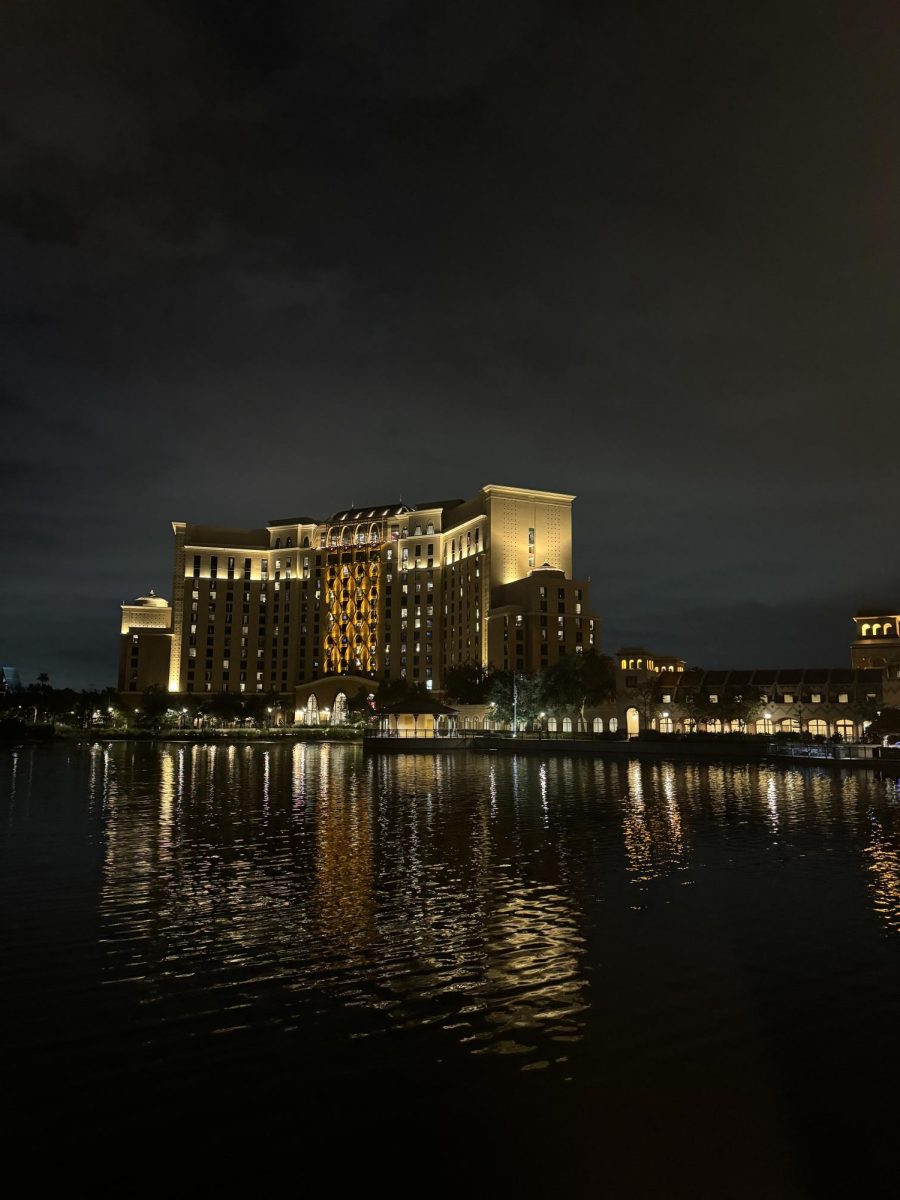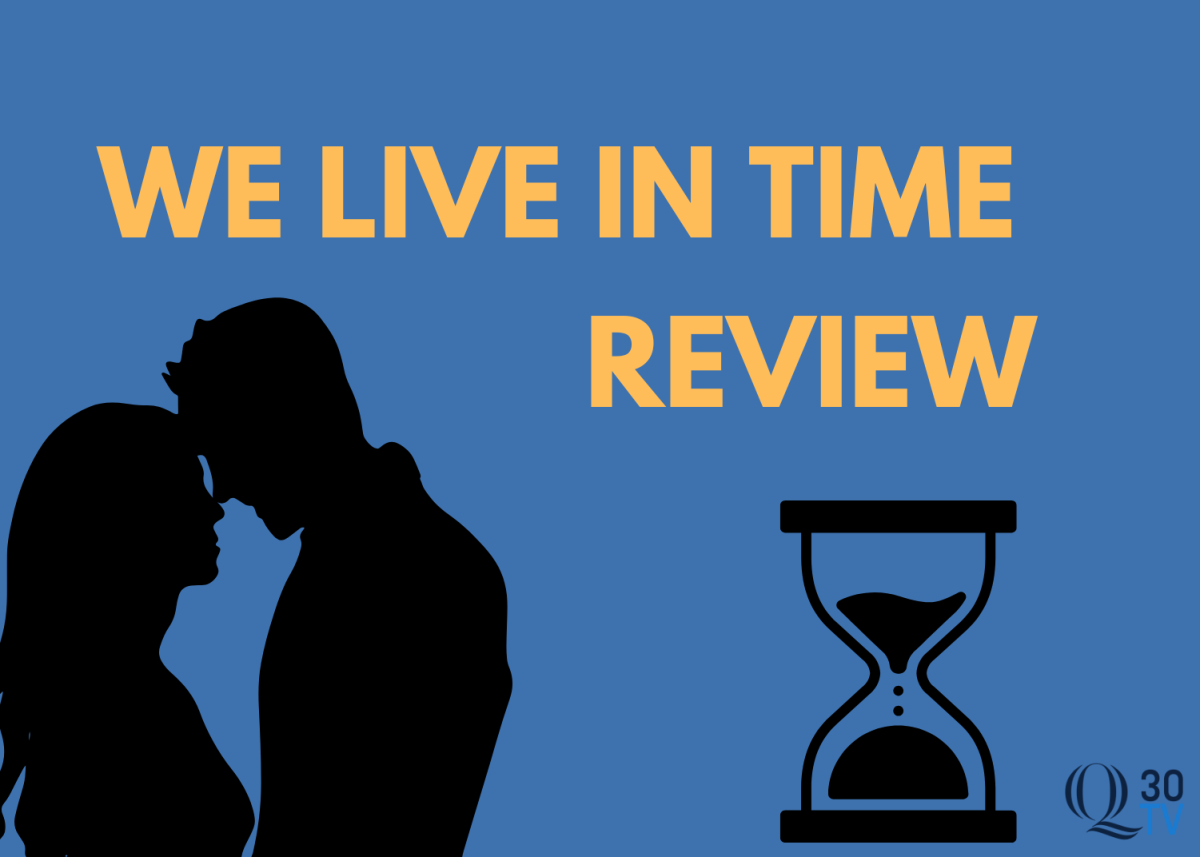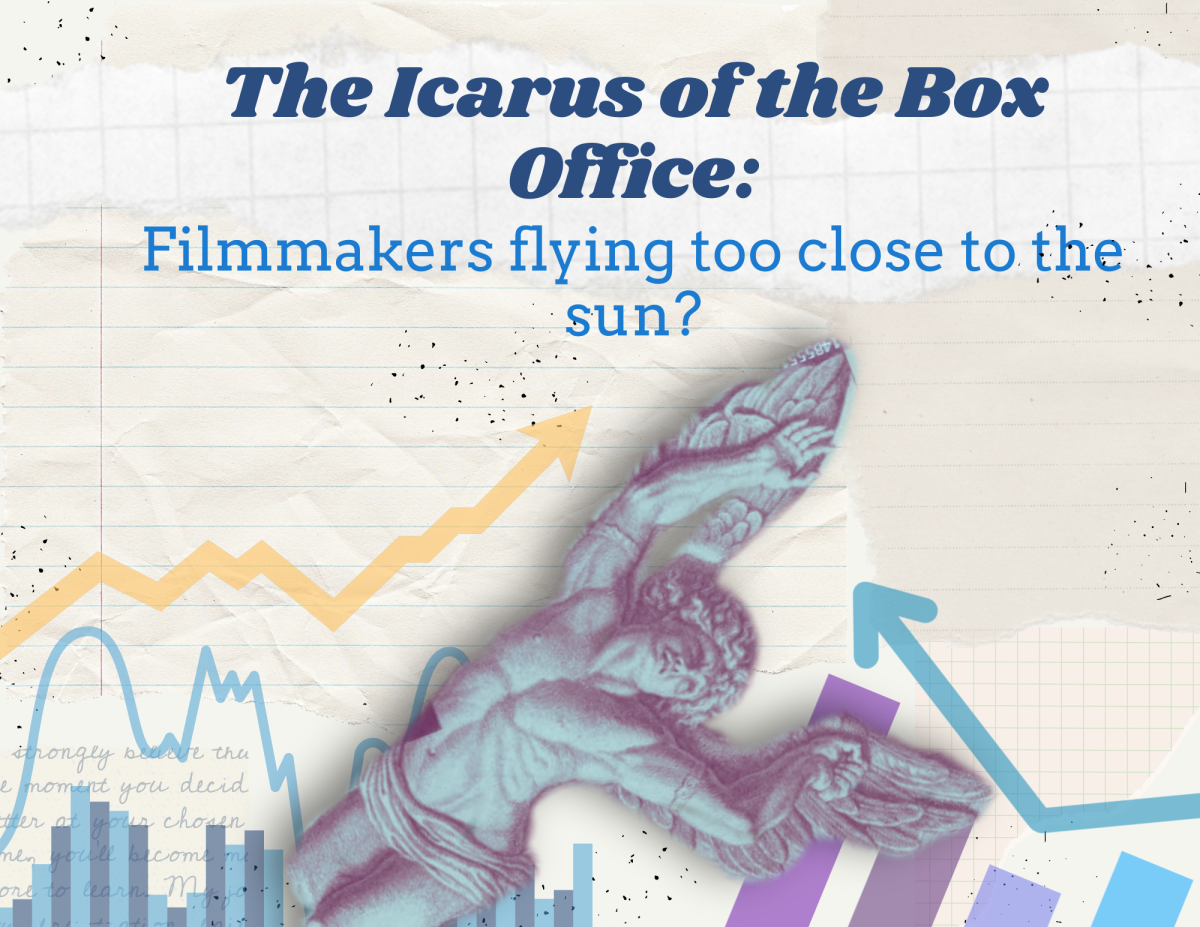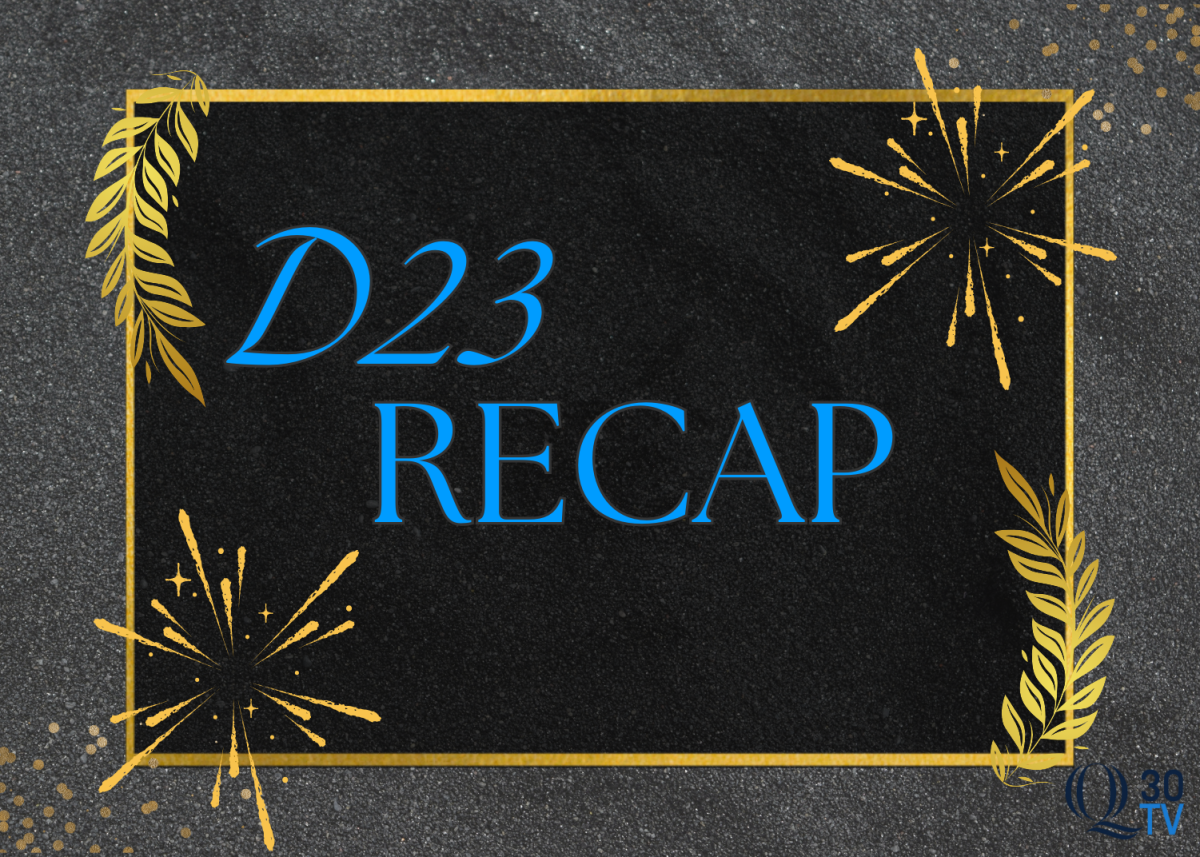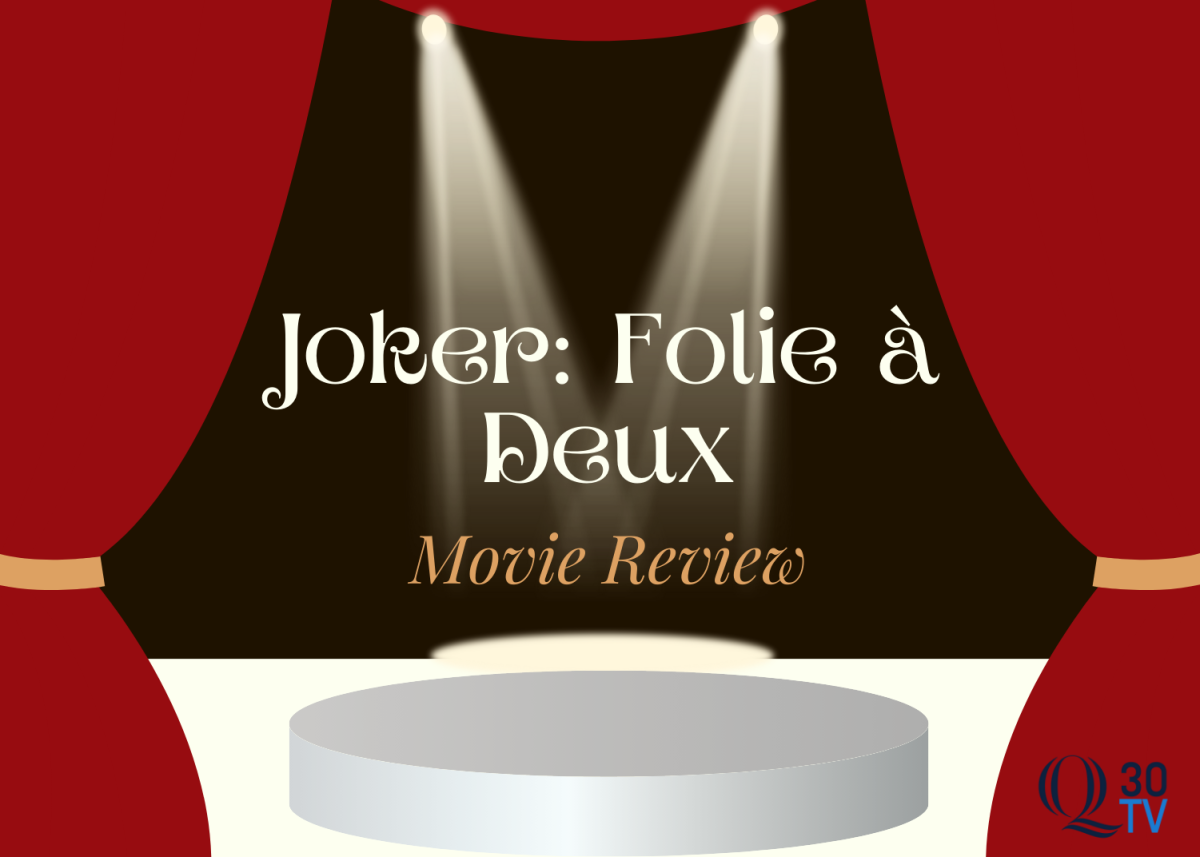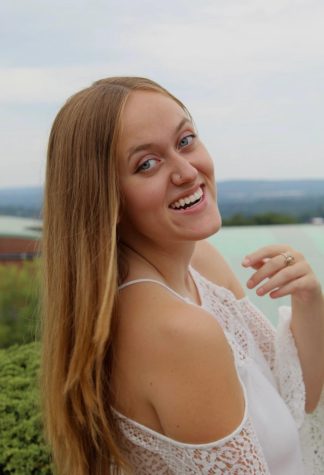Director: Jane Shoenbrun
Cast: Justice Smith, Brigette Lundy-Paine, Fred Durst, Phoebe Bridgers
Rating: 4.5/5
Did you ever come across a piece of media in your youth that you never really got over? Something that, at the time, scared the living daylights out of you, but looking back wasn’t really scary at all?
As a former “weird kid”, I know this feeling all too well. I would spend my after-school hours searching the depths of web forums searching for anything that evoked fear. I was intrigued by the disturbing stories and images of imaginary monsters and modern-day urban legends. Such is the case for many others who grew up with unrestricted internet access.
There are many answers as to why someone would choose to seek out fear. Horror media can be stimulating both mentally and physically, so high sensation-seeking individuals may enjoy the range of emotions felt when watching a scary movie. Others use horror media as exposure therapy: the sense of detachment produced by watching a film helps audiences experience a dangerous situation without actually being there. In some instances, disturbing media can provide a comforting escape for audiences: such is the case in “I Saw the TV Glow”.
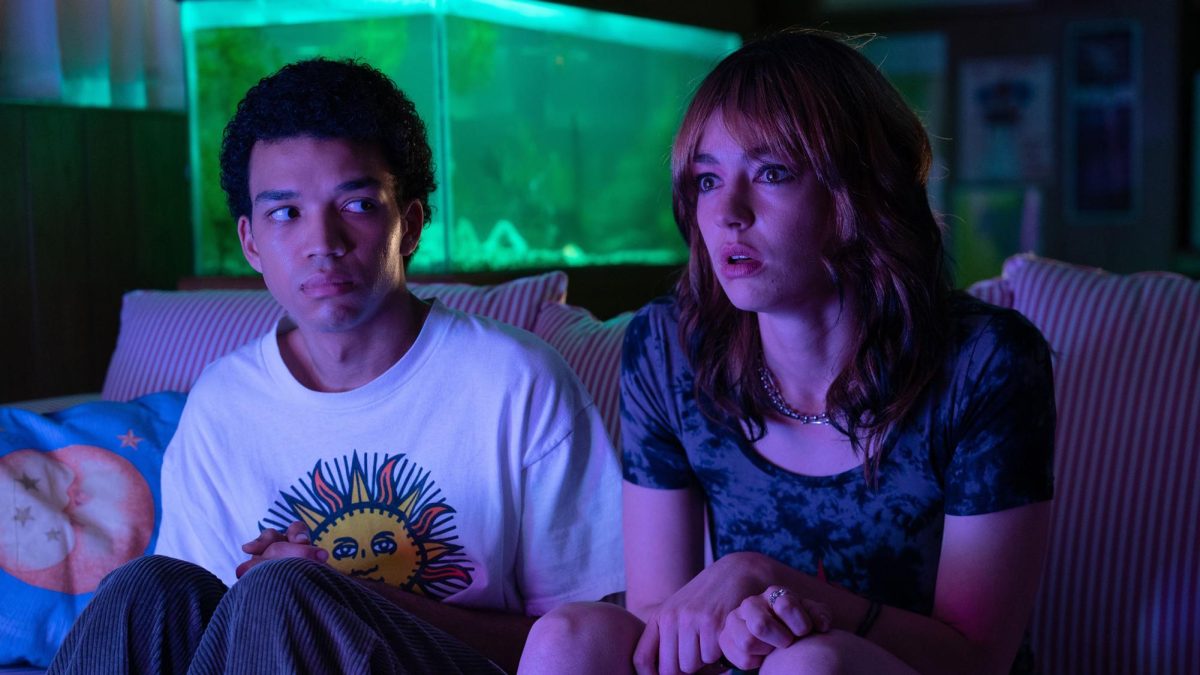
Jane Schoenbrun’s sophomore effort was, without a doubt, one of the most anticipated film premieres at the 2024 Sundance Film Festival. Notable for their indie darling “We’re All Going to the World’s Fair” (which premiered at Sundance online in 2021), Schoenburn expands on the themes and ideas present in their debut with “TV Glow”. Both films explore the relationship between horror media and the queer identity, but “TV Glow” is more comprehensive and extensive in scale.
“I Saw the TV Glow” follows outsider Owen (Justice Smith), who strikes up an unlikely bond with upperclassman Maddie (Brigette Lundy-Paine) when she introduces him to The Pink Opaque, a geeky mystery show a la “Are You Afraid of the Dark?”. The late-night cable show allows an escape from their mundane suburban environment, until one day, when the show is mysteriously canceled. In the aftermath, their shared obsession with the show leads them on two different life paths, until one day when they reconnect. As Maddie tries to uncover the legend of the Pink Opaque, the lines between their reality and the show blur and force Owen to confront his own past – and his future.
What the film lacks in structure, it makes up for in its homage to 90s young adult horror. For many, series like “Goosebumps” and “Buffy the Vampire Slayer” were the gateway to horror media, and allowed them to experience emotions that they may not understand. “By exploring scary things from a safe place, children can also learn more about how they respond to feelings of fear and anxiety,” says research scientist Coltan Scrivner.
The film explores this idea, as Maddie and Owen use The Pink Opaque to understand their response to danger. Both characters are exposed to less-than-ideal domestic situations and are discriminated against because of their implied queerness. Not only does The Pink Opaque act as an escape from danger, but it helps them understand and work through it.
Surprisingly, this film struck an emotional chord with me. Maybe it was the use of “Anthems for a 17 Year Old Girl” during one of the film’s most pivotal moments, or maybe it was the way Schoenbrun intricately evokes childhood nostalgia through their phantasmagorical direction. Or maybe, it was because I resonated with these characters in a way I’ve never experienced before. The way the characters use The Pink Opaque to cope with their own trauma sparks a profound discussion on identity and the importance of representation in media. “I Saw the TV Glow” is a dreamlike depiction of radical queerness and how representation in film and television can help young people navigate the parts of themselves that they may not understand.
“I Saw the TV Glow” is set to release in theaters May 3. Until then, check out the trailer here.


